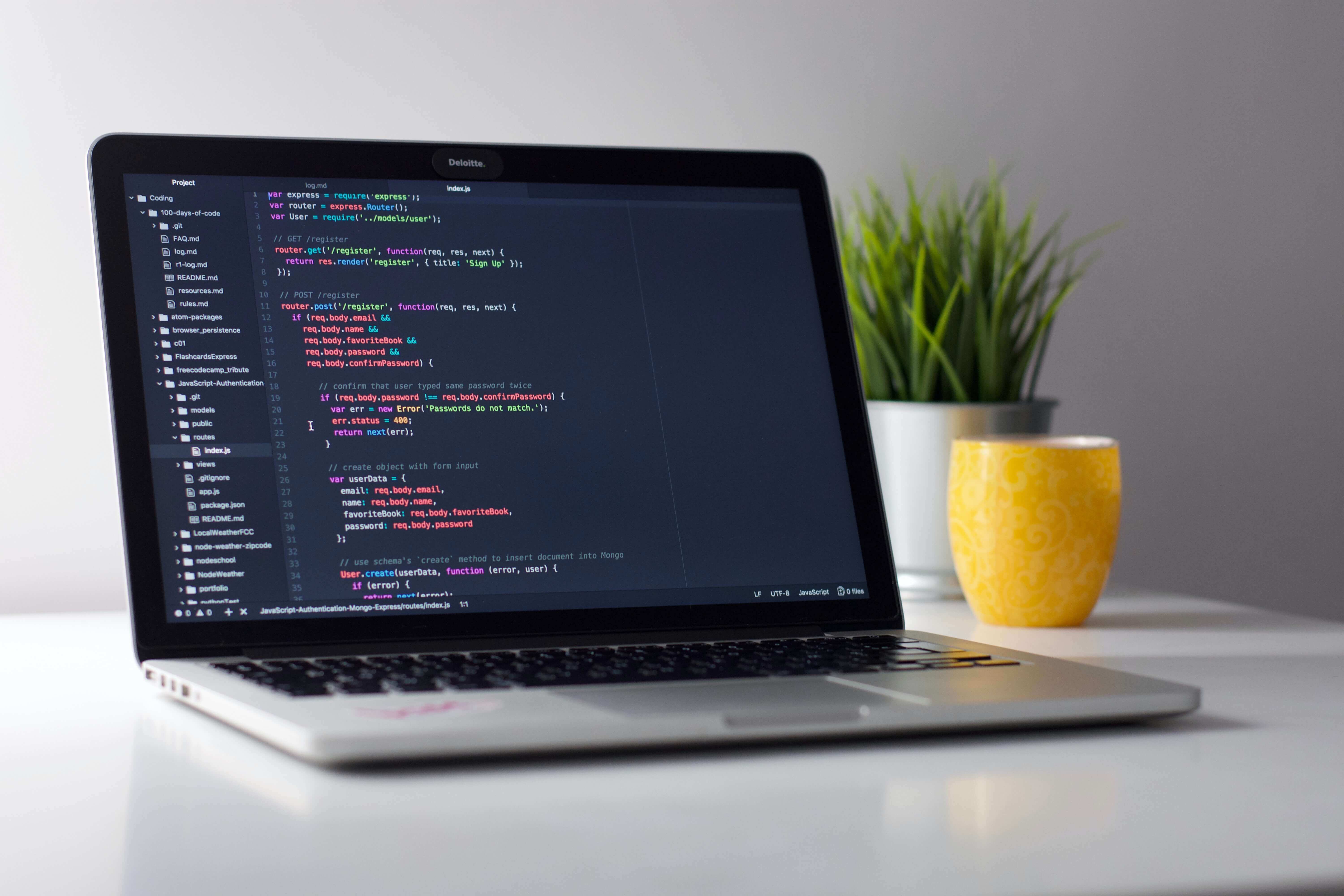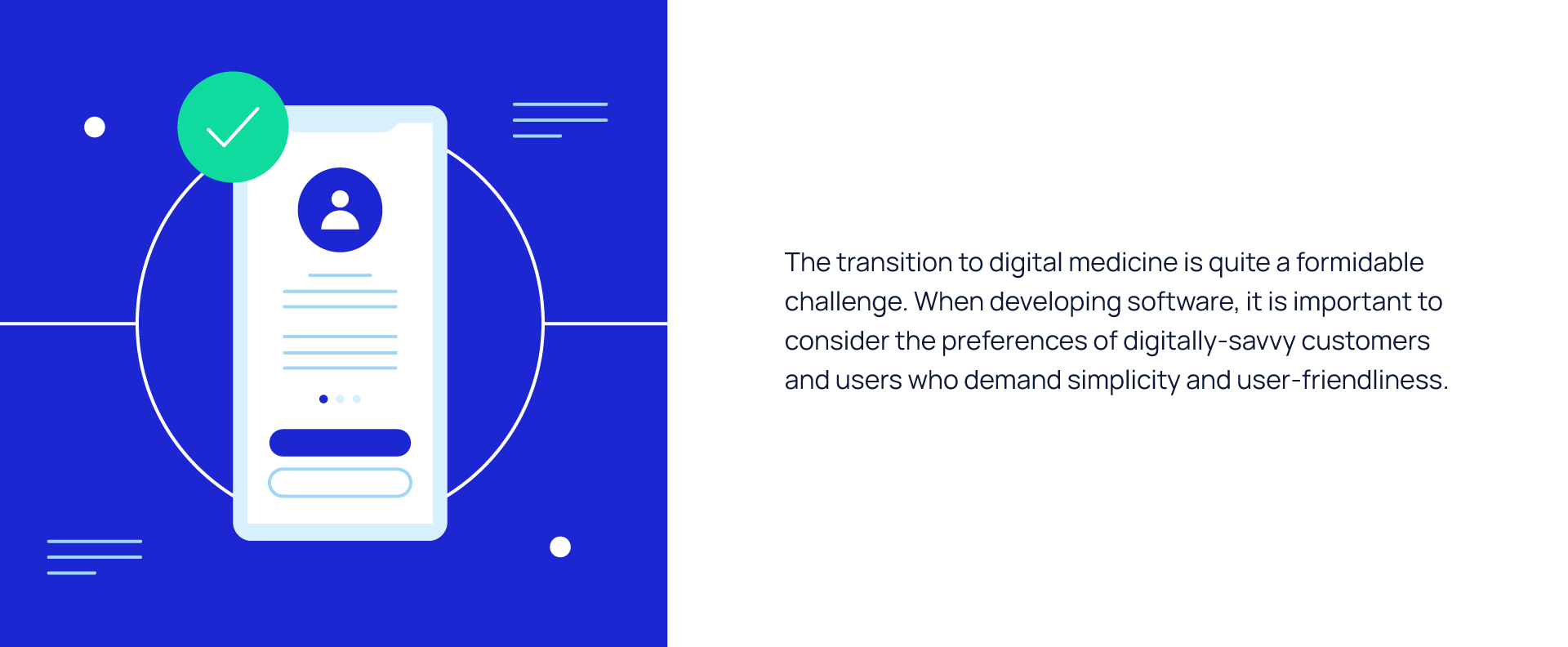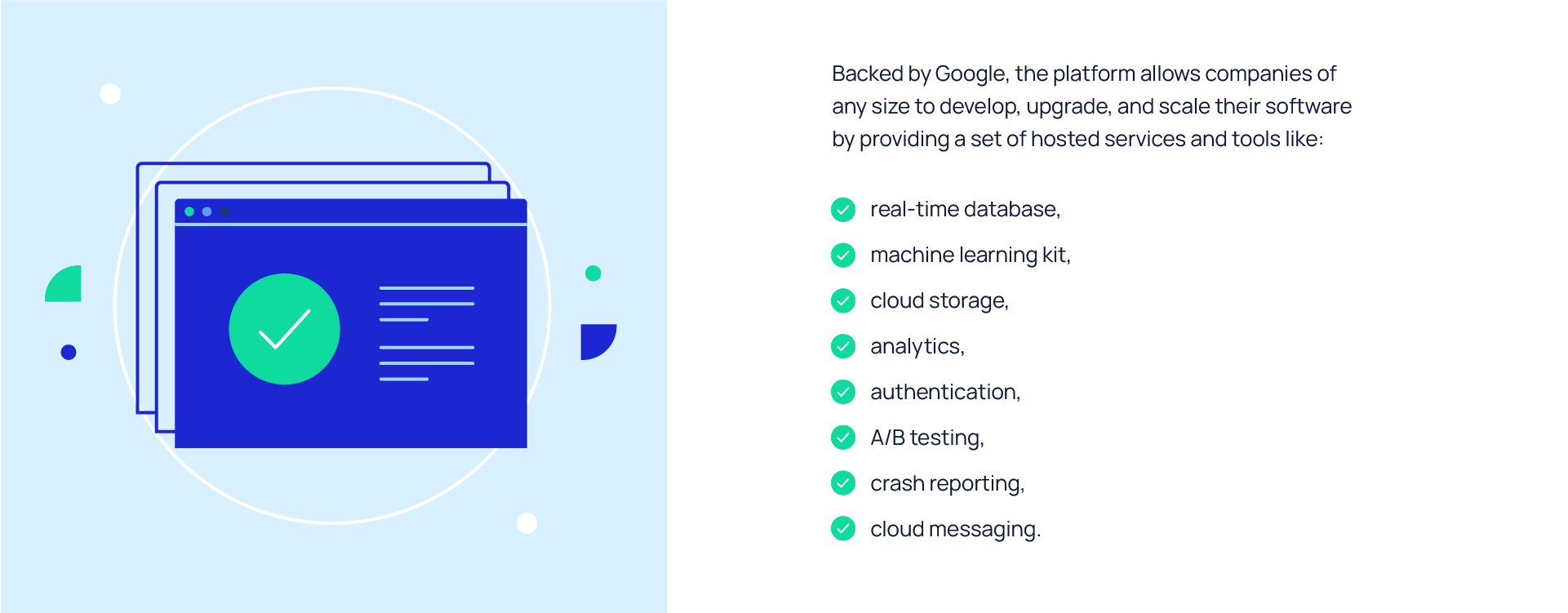Is Firebase the best back-end choice for a Flutter app?

Is the combination of Firebase and Flutter unbeatable? Explore more about Firebase for the back-end to decide whether it is the best choice for a Flutter app.
Digital transformation has affected all areas, including the health industry, and the pandemic has only accelerated this process. As a result, the healthcare business needs to adopt a technically flexible yet simple approach to hold out in the ongoing struggle within a highly competitive marketplace.

One of the most reliable ways to combine the rapid development, user-friendly interface, and low maintenance costs of cross-platform solutions, is the usage of Flutter for the front-end and Firebase for the back-end.
By leveraging our arsenal of resources for mobile solution engineering in the medical industry and combining the Firebase platform and Flutter tools, a robust combo is represented in our mobile app — Medu (stay tuned for more information about this app). But what are Flutter and Firebase, and why is their combination considered a solid choice today when developing a mobile app for the healthcare industry?
Firebase as one of the best BaaS options
Firebase is a Backend-as-a-Service app development platform. Officially released in 2012, to this day, it continues to scale and provide more options for developers to easily create, maintain, and grow cross-platform apps.
The pros of Firebase
Backed by Google, the platform allows companies of any size to develop, upgrade, and scale their software by providing a set of hosted services and tools like real-time database, machine learning kit, cloud storage, analytics, authentication, A/B testing, crash reporting, cloud messaging.

As Firebase is built on Google infrastructure, you may leverage the Google Cloud products like Cloud Firestore, Cloud Functions, Cloud Storage, or machine learning APIs to maximize the platform’s capacity. For example, Cloud Healthcare API, launched by Google, allows seamless storage, sharing, and access to medical data, syncing existing healthcare solutions with applications placed on the Google Cloud.
The Cloud Storage option lets any data be securely saved, stored, and accessed within users with granted permission. The permission can be set up via the Firebase authentication feature, allowing you to develop reliable solutions.
The Cloud Function feature enables a serverless computing framework for event-driven programming and lets developers enrich the app's functionality without bringing in a server.
Сloud-based (NoSQL Cloud Firestore and Firebase Realtime) databases support cross-platform data synchronization in real-time, offline access, and rapid data inquiries.
Integrated Google analytics allows monitoring the app's productivity and influences its enhancement. At the same time, secure hosting services support all content types and ensure their rapid delivery.
The use of the Firebase technical kit and its robust interoperability with Google Cloud solutions optimize the whole process of medical software engineering, making it a cost-efficient one and speeding time-to-market [5].
Flutter as one of the best SDK options
Released by Google in 2018, Flutter refers to the open-source, cross-platform UI framework for developing native mobile solutions by using one codebase and Dart programming language. According to Statista, it is the most commonly used cross-platform mobile framework in 2021 [1].
Flutter implies the SDK for coding options and the widget-based UI library for creating friendly-used and personalized UI with various reusable components.
The pros of Flutter
The possibility of using one code to develop an app for two different platforms (iOS and Android) makes Flutter the most popular tech in cross-platform engineering (by a small margin over React Native). In other words, with Flutter, you write code once but can apply it to both Android and iOS systems.

Another top feature of Flutter is its "hot reload". It implies the opportunity to watch the changes made to the code in real-time. This way, developers don't have to reboot the entire app after each change in UI to see if it worked, significantly simplifying the engineering process and making it faster.
Besides, Flutter includes off-the-shelf widgets you are free to use and customize to come up with a useful UI, users are sure to appreciate.
Read more about the benefits of using Flutter to develop your medical mobile app in our latest article.
Is Firebase a perfect back-end option for a Flutter app?
When it comes to the creation of healthcare cross-platform mobile applications, the combination of Flutter for the front-end and Firebase for the back-end is regarded as one of the best mobile tech stacks. Why?
Faster time to market
The Firebase real-time database, ready-made authentication options along with the Flutter in-built widgets and a single code for Android and iOS make the whole healthcare software development process faster while maintaining the solution's safety and performance.
Time- and budget-effective
Using Firebase with Flutter ensures the same solution functionality and quality as traditional server architecture. Still, the development and maintenance costs are lower, making this combination quite reasonable and widely used. Besides, the functionality of Firebase is more than enough to produce a feature-rich app without the need to run your own servers.
Interface-centric approach
The optimized features Firebase suggests for developers can simplify and speed the back-end development process enabling specialists to focus more on the front-end engineering. So you can put more effort into creating a user-friendly interface leveraging the Flutter functionality.
Extra useful features
Firebase offers in-built analytics, performance monitoring, A/B testing, crashlytics options to monitor application productivity, user activity and eliminate potential bottlenecks on time.
Reliable MVP development
And, finally, both Flutter and Firebase can also be reliable choices for MVP creation. Flutter application performance is similar to a native app which makes it possible to end up with a high functioning and easy modifying MVP, while the Firebase usage makes it simple to configure the back-end without the need for a long learning curve.

Conclusion
In the fast-paced digital world, it is necessary to operate quickly, accurately, and stick to the right decisions; otherwise, you can lose out on the competition.
When developing an application for the healthcare industry, knowing how to write code is not enough, as you need more — medical background. This way, it is possible to deliver not only a technically efficient solution but also a medically professional one. To get such a solution and at the same time speed up its delivery, a combo of Firebase and Flutter may be an excellent alternative to consider.
The blending of medical expertise and skills for mobile development with cutting-edge tech combinations like Firebase and Flutter can make a breakthrough in digital medicine. We have already started. Are you with us?
References:
- Statista, Cross-platform mobile frameworks used by software developers worldwide from 2019 to 2021, https://www.statista.com/statistics/869224/worldwide-software-developer-working-hours/, [last accessed: 4.07.2022].
- Add Firebase to your Flutter app, https://firebase.google.com/docs/flutter/setup?hl=en&platform=ios, [last accessed: 4.07.2022].
- Cloud Healthcare API, https://cloud.google.com/healthcare-api, [last accessed: 4.07.2022].
- Flutter Documentation, https://docs.flutter.dev/, [last accessed: 4.07.2022].
- Learn Firebase fundamentals, https://firebase.google.com/docs/guides?hl=en, [last accessed: 4.07.2022].
- Top 10 advantages of Firebase, https://blog.back4app.com/advantages-of-firebase/, [last accessed: 4.07.2022].
- Getting to know the Google Cloud Healthcare API: Part 1, https://cloud.google.com/blog/topics/healthcare-life-sciences/getting-to-know-the-google-cloud-healthcare-api-part-1, [last accessed: 4.07.2022].
 Medical Content Creation
Medical Content Creation
 Digital Product Development
Digital Product Development
 Growth Marketing
Growth Marketing
